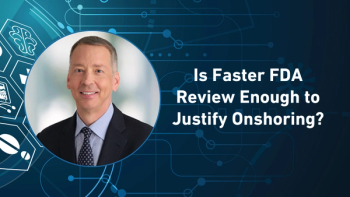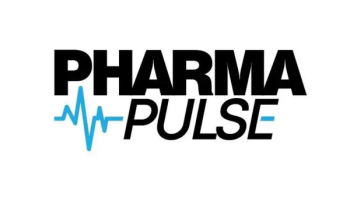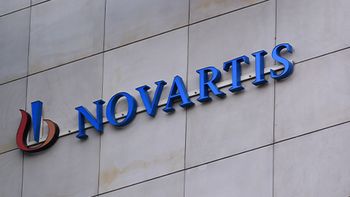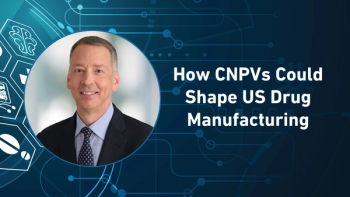
Pharma Pulse: AbbVie Boosts Domestic API Manufacturing, Supermarkets Lead in Pharmacy Satisfaction, and GLP-1 Coverage Tightens
This episode of Pharma Pulse explores AbbVie’s $195 million investment to expand US API production, new survey results showing mail-order and supermarket pharmacies outpacing traditional chains in customer satisfaction, and rising affordability pressures as insurers restrict GLP-1 coverage.
Welcome to Pharma Pulse, a Pharmaceutical Commerce podcast where we bring you the latest insights shaping patient access, supply chain/logistics, data & tech, and healthcare innovation.I’m your host, and today we’re covering three key developments—from major manufacturing investments to a shake-up in pharmacy customer satisfaction rankings, and shifting insurance coverage for GLP-1 drugs.
AbbVie has announced a
In other news, a
Lastly, as demand for GLP-1 drugs for diabetes and obesity continues to surge, insurance companies are
From bolstering US manufacturing capacity to responding to changing consumer preferences and navigating the economics of GLP-1 coverage, these stories highlight the evolving forces shaping pharma and healthcare delivery.
That’s it for this episode of Pharma Pulse. For more insights on trends transforming pharmaceutical access and care delivery, visit
Thanks for listening—until next time, stay well and stay informed.
You can catch Pharma Pulse directly on
Newsletter
Stay ahead in the life sciences industry with Pharmaceutical Commerce, the latest news, trends, and strategies in drug distribution, commercialization, and market access.





